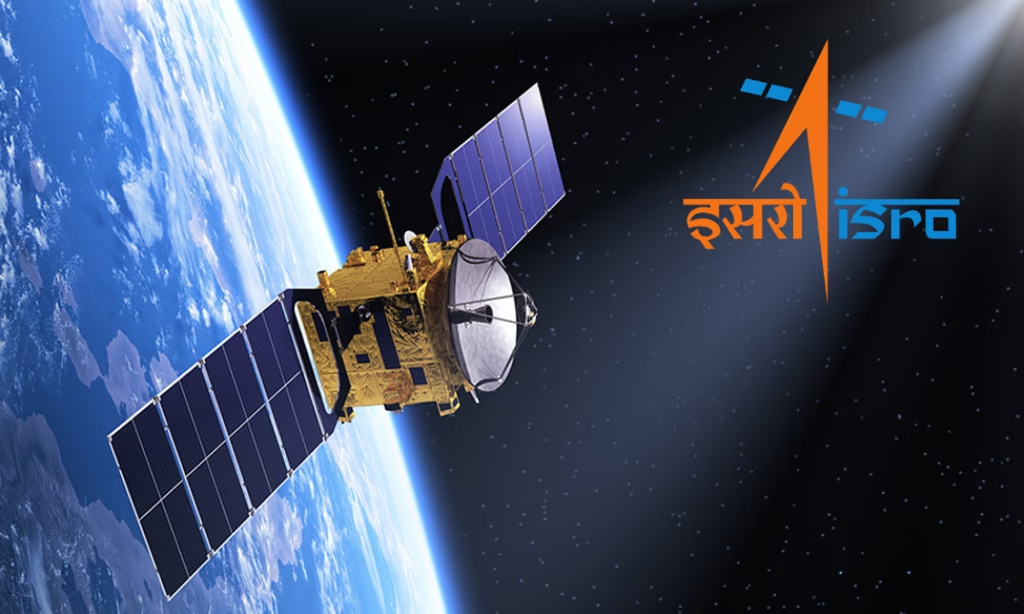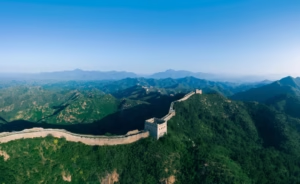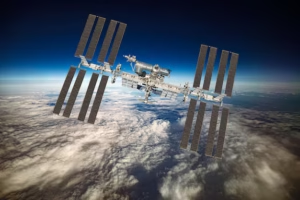Tehri Dam: India’s Hydro Pinnacle with a Human Cost
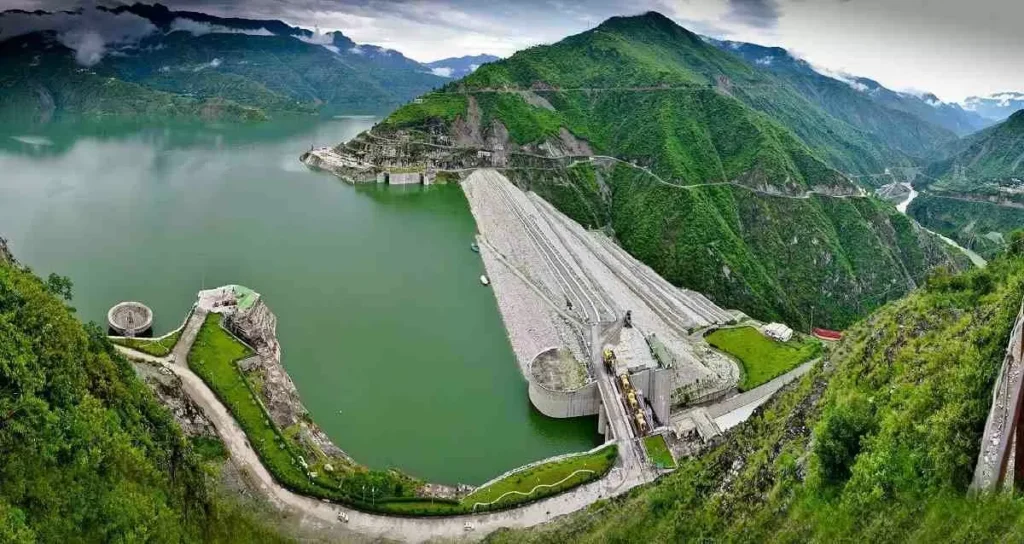
Tehri Rising: India’s Tallest Dam
Overview & Specifications
Tehri Dam is an earth- and rock-fill embankment dam built across the Bhagirathi River in New Tehri, Uttarakhand. It stands at an impressive 260.5 m (855 ft), making it the highest dam in India and the 13th-tallest globally. It spans 575 m in length, with a crest width of 20 m and a base width of 1,128 m.
- Type: Rock- and earth-fill embankment
- Spillways: Combined chute and shaft spillways, handling up to 15,540 m³/s.
- Reservoir Capacity: 3.54 km³ (gross); 52 km² surface area.
Tehri Hydro Development Corporation (THDC) India, a subsidiary of NTPC, owns and operates the complex.
https://sypertimes.com/mcleod-ganj-the-little-lhasa-of-india/
2. “Genesis and Construction Journey”
Early Conception and Delays
The dam was first proposed in the 1940s, with surveys in 1961 and project approval in 1972 for a 600 MW design . Construction began in 1978 but faced prolonged delays due to environmental assessments, displacement concerns, and the region’s seismic sensitivity.
Key Milestones
- 1986: USSR technical aid; later domestic management via Uttar Pradesh Irrigation Dept.
- 1988: THDC established to manage ongoing work.
- 1990 Revision: Final capacity upgraded to 2,400 MW across three stages (Tehri Dam, Koteshwar dam, pumped-storage complex).
- 2006: Tehri Dam HPP (Stage-I) commissioned with 1,000 MW.
Environmental and seismic challenges extended the timeline, but innovative engineering ensured structural integrity .
3. “Engineering the Himalayas”
Seismic and Structural Design
Built in a high-seismic zone, Tehri Dam uses a flexible design—rock-fill with a clay core—to absorb seismic shocks. It’s engineered to resist earthquakes up to 8.5 in magnitude.
Spillway Design
- Chute Spillway: Right bank with three gated bays (55 m³/s capacity per bay)
- Shaft Spillways: Two gated (left bank) and two ungated (right bank) shafts.
- Intermediate Outlet: One large outlet for filling control and emergency drawdown.
Sediment Management
The reservoir captures 95% of sediment via watershed interventions across ~52,000 hectares, offsetting sedimentation over 185 years.
4. “Hydropower & Irrigation: A Renewable Giant”
Tehri Hydropower Complex
- Stage I (Tehri HPP): 1,000 MW (4×250 MW) commissioned in 2006.
- Stage II (Koteshwar Dam): 400 MW run-of-river set up in 2011–12.
- Stage III (Pumped Storage Plant): 1,000 MW, with two units operational in early 2024 and full commissioning by 2025.
Total active capacity upon completion: 2,400 MW.
Benefits Beyond Power
- Annual Energy: ~6,200 GWh expected; 3,000 GWh already generated from HPP.
- Irrigation: Covers 270,000 ha of new land and stabilizes an additional 600,000.
- Drinking Water: Supplies 270 MIGD to Delhi, Uttar Pradesh, and Uttarakhand (serving millions).
- Flood Control: Reservoir flood-moderation capacity of ~220 Mm³.
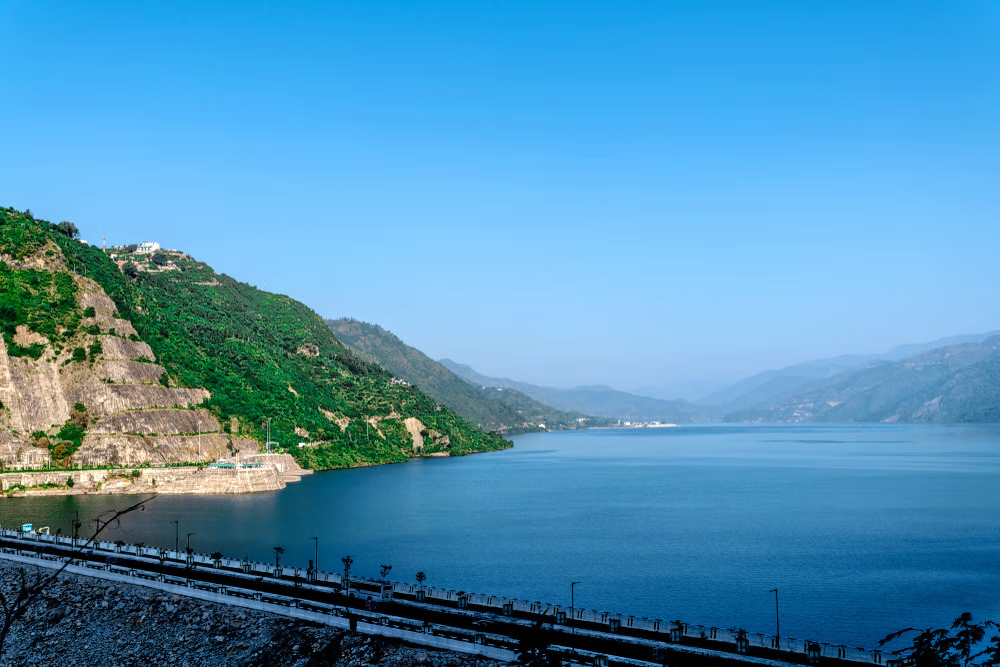
5. “Environmental and Social Landscape”
Displacement and Activism
The reservoir submerged approximately 100 km² of land, 24 villages directly, 88 villages indirectly, and Old Tehri town, displacing about 100,000 people.
Led by Sunderlal Bahuguna and groups like TBVSS, opposition was rooted in ecological, social, and cultural concerns. Religious entities feared the sanctity of River Bhagirathi would suffer t
Despite delayed environmental clearance in 1990 and seismic concerns, the Supreme Court validated project compliance in 2003.
6. “Tehri as a Tourist Destination”
Tehri Reservoir & Water Sports
Tourists flock to “Tehri Lake” for boating, jet-skiing, rafting, kayaking, parasailing, hot-air ballooning, paddleboarding, banana boats, and more.
Festivals & Cultural Attractions
The annual Tehri Lake Festival (usually in February) showcases local culture, arts, crafts, and adjoining hill-station events.
Nearby Pilgrimage & Picnic Spots
Temples like Chandrabadni and Sem Mukhem, plus hilltowns such as Chamba and Dobra Chanti Bridge, add to region’s charm.
7. “Pumped Storage: Grid Stability & Renewable Synergy”
Tehri’s PSP Role
With 4×250 MW reversible units, the pumped-storage plant adds versatility—using off-peak power to pump water up, then generating during demand peaks. It balances renewables by storing surplus solar/wind power.
Support to Other States
An MoU with Gujarat secured 184 MW from Tehri PSP, boosting reliability for renewable-energy-heavy grids.
8. “Pros, Cons & Contemplations”
Pros
- Renewable Energy Generation: 2,400 MW clean power; ~6,200 GWh yearly .
- Multi-purpose Utility: Irrigation, drinking water, flood control.
- Tourism Boost: Adventure and cultural tourism with economic upliftment .
Cons
- Social Displacement: 100,000+ people relocated; Old Tehri submerged .
- Ecological Disruption: Forest loss, biodiversity impact, altered river flow .
- Seismic Risk: Located in a fault-prone zone; safety claims contested .
9. “Looking Ahead: Tehri’s Legacy”
- Complete PSP Operations: Achieved in early 2024 (2 units), remaining by late 2025 .
- Watershed Management: Ongoing sediment control via forestry and slope stabilization .
- Tourism Expansion: Increased adventure offerings, floating accommodations, and events such as Tehri Lake Festival .
- Grid Integration: Tehri’s PSP supports India’s shift to renewables, with interstate partnerships like with Gujarat.
https://timesofindia.indiatimes.com/travel/uttarakhand/travel-guide/tehri-dam/is52359555.cms

